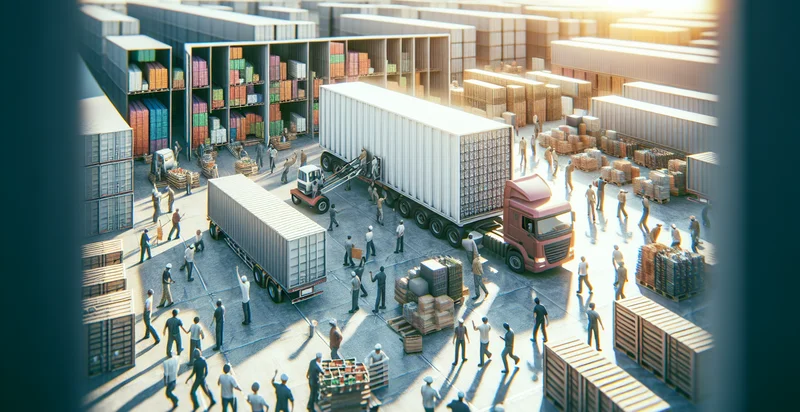Identify if unloading is done
using AI
Below is a free classifier to identify if unloading is done. Just upload your image, and our AI will predict if unloading is done - in just seconds.

Contact us for API access
Or, use Nyckel to build highly-accurate custom classifiers in just minutes. No PhD required.
Get started
import nyckel
credentials = nyckel.Credentials("YOUR_CLIENT_ID", "YOUR_CLIENT_SECRET")
nyckel.invoke("if-unloading-is-done", "your_image_url", credentials)
fetch('https://www.nyckel.com/v1/functions/if-unloading-is-done/invoke', {
method: 'POST',
headers: {
'Authorization': 'Bearer ' + 'YOUR_BEARER_TOKEN',
'Content-Type': 'application/json',
},
body: JSON.stringify(
{"data": "your_image_url"}
)
})
.then(response => response.json())
.then(data => console.log(data));
curl -X POST \
-H "Content-Type: application/json" \
-H "Authorization: Bearer YOUR_BEARER_TOKEN" \
-d '{"data": "your_image_url"}' \
https://www.nyckel.com/v1/functions/if-unloading-is-done/invoke
How this classifier works
To start, upload your image. Our AI tool will then predict if unloading is done.
This pretrained image model uses a Nyckel-created dataset and has 2 labels, including Unloading Complete and Unloading Not Complete.
We'll also show a confidence score (the higher the number, the more confident the AI model is around if unloading is done).
Whether you're just curious or building if unloading is done detection into your application, we hope our classifier proves helpful.
Related Classifiers
Need to identify if unloading is done at scale?
Get API or Zapier access to this classifier for free. It's perfect for:
- Inventory Management: This use case leverages the true image classification function to monitor unloading activities at warehouses. By identifying whether unloading is completed, businesses can maintain real-time inventory accuracy and streamline stock replenishment processes.
- Supply Chain Optimization: In this scenario, the identifier can be integrated into supply chain management systems to enhance the efficiency of logistics operations. By confirming the unloading status, companies can optimize route planning for subsequent deliveries, thus reducing delays and transportation costs.
- Automated Quality Control: This use case employs the image classification feature to ensure that the right goods are being unloaded at the receiving dock. By verifying the unloading activity, businesses can conduct immediate quality checks and minimize product returns caused by errors in shipment.
- Workforce Management: By identifying when unloading activities are completed, managers can more effectively allocate labor resources in real-time. This insight enables efficient workforce planning and helps reduce labor costs while improving productivity within the warehouse.
- Compliance Verification: Using the 'if unloading is done' function in logistics can help ensure compliance with safety and operational regulations. By confirming unloading activities, organizations can guarantee that all necessary procedures are followed, thus minimizing the risks of accidents and violations.
- Fleet Utilization: By knowing precisely when unloading is completed, businesses can maximize fleet utilization rates. The identifier can trigger alerts for drivers to quickly proceed to their next assignment, reducing downtime and improving overall fleet efficiency.
- Customer Satisfaction Enhancement: This use case focuses on improving customer service by providing accurate updates on order statuses. By integrating the unloading identifier, companies can relay real-time information to customers about their shipments, leading to better service experiences and higher satisfaction rates.


